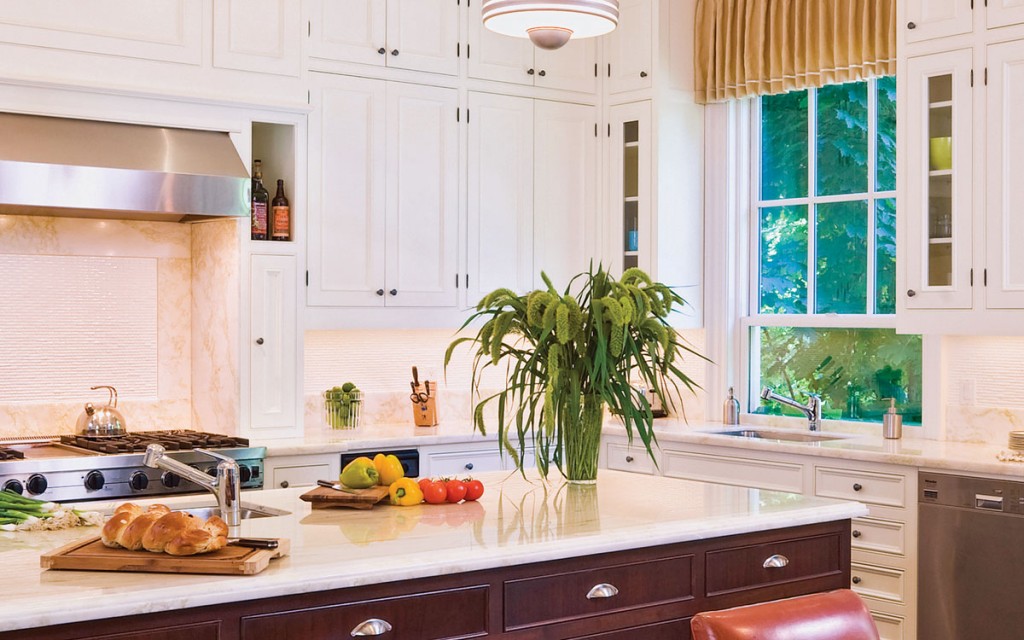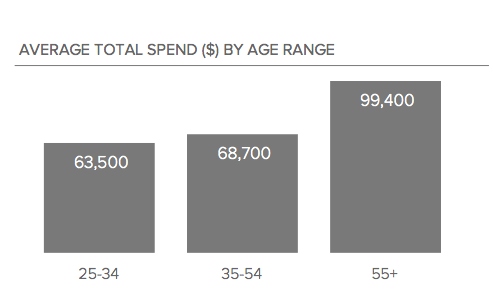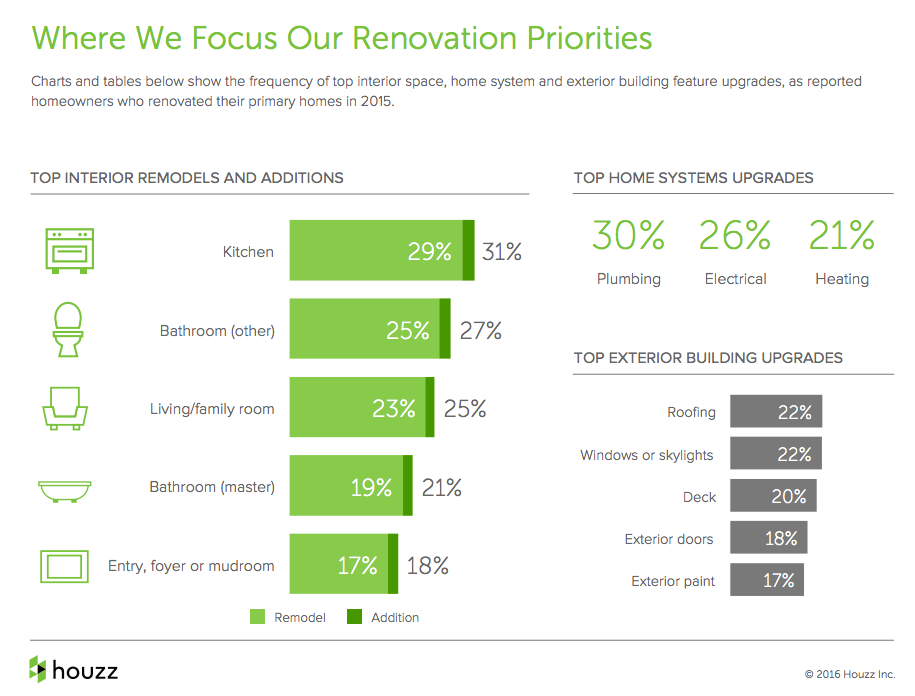Millennials to lead home reno spending in 2017
But Baby Boomers still have bigger budgets
Advertisement
But Baby Boomers still have bigger budgets

 Home renovations are both an expense and an investment rolled into one. As a result, they require discipline, due diligence and the equivalent of a metric-tonne of research.
On the expense side is the money spent on repairs and maintenance—the price paid to keep our properties in good condition in order to stave off the inevitable depreciating value of a home.
On the investment side is how the dollar spent helps to increase the current fair market value or prolong the useful life of the home.
Now, I can tell you that a $1 spent isn’t a $1 earned when it comes to remodels and upgrades. For the most part, the money invested in alterations and improvements is always greater than the money spent on repairs and maintenance. (According to a Desjardins report, released in 2012, the division of these costs accounted for 76% of dollars spent versus 24%, respectively.) In the same report, Desjardins’ Chief Economist, Francois Dupuis, also found that the value of the home renovations in Quebec surpassed that of new builds in 2013. Dupuis wrote: “This finding holds true whether we use current dollars or constant dollars (no price effect).” We can only assume that similar results would be found in the rest of Canada. Obviously, the home renovation market should not be taken lightly.
Home renovations are both an expense and an investment rolled into one. As a result, they require discipline, due diligence and the equivalent of a metric-tonne of research.
On the expense side is the money spent on repairs and maintenance—the price paid to keep our properties in good condition in order to stave off the inevitable depreciating value of a home.
On the investment side is how the dollar spent helps to increase the current fair market value or prolong the useful life of the home.
Now, I can tell you that a $1 spent isn’t a $1 earned when it comes to remodels and upgrades. For the most part, the money invested in alterations and improvements is always greater than the money spent on repairs and maintenance. (According to a Desjardins report, released in 2012, the division of these costs accounted for 76% of dollars spent versus 24%, respectively.) In the same report, Desjardins’ Chief Economist, Francois Dupuis, also found that the value of the home renovations in Quebec surpassed that of new builds in 2013. Dupuis wrote: “This finding holds true whether we use current dollars or constant dollars (no price effect).” We can only assume that similar results would be found in the rest of Canada. Obviously, the home renovation market should not be taken lightly.
 “But it’s expected that these same millennial homeowners will start larger scale projects within the next 10 years,” says Hausman. “Over the next 10 to 20 years, millennials will be the largest homeowner segment and they’ll invest the most in upgrades and renovations.”
“But it’s expected that these same millennial homeowners will start larger scale projects within the next 10 years,” says Hausman. “Over the next 10 to 20 years, millennials will be the largest homeowner segment and they’ll invest the most in upgrades and renovations.”

Share this article Share on Facebook Share on Twitter Share on Linkedin Share on Reddit Share on Email